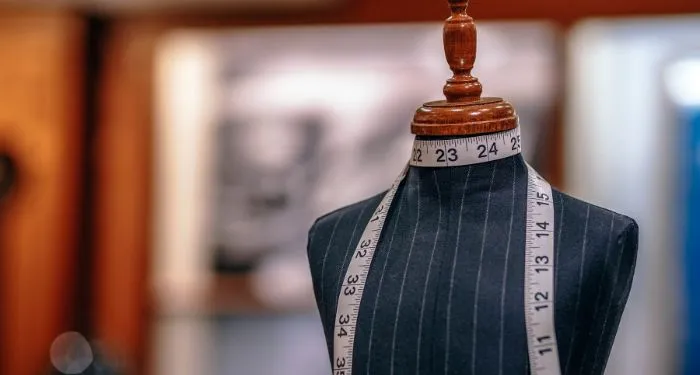
8 Fashion History Books
The history of fashion is filled with stories that are stranger than fiction. The crash between high art and commercial interests tends to draw out ludicrous behavior. The luxury lifestyles encouraged by the fashion industry lead to the excesses of fashion as we know it today, from oversized streetwear looks to the jewel-encrusted couture on the runways in various cities during Fashion Week. Fashion history books can focus on anything from the development of a particular item to a global fashion movement. Clothing and accessories have the dual purpose of communicating status and community affiliation (like bookish fashion), while also being a daily functional part of our lives.
The history of fashion isn’t just crimes: fashion has a long and complex history because, as Stanley Tucci said in The Devil Wears Prada, “it’s more important than art because you live your life in it.” Fashion sits at the intersection of art, innovation, and daily life. You can always find an impressive fashion book at a museum that has an exhibit focused on a certain designer, decade, or cultural movement.
Fashion aesthetics also shape literature and trends therein. We might joke about Ebony Dark’ness Dementia Raven Way describing her Hot Topic wardrobe in great detail, but the way characters choose to clothe themselves communicates status, time period, and how they want to be seen. This is why fashion history is so important: it reflects countercultural trends, changing social mores, and personal expression.
There are many different angles to read about fashion, so I’ve tried to include a few different categories: books about specific items in fashion, memoirs from fashionable figures, and larger cultural fashion history books.
Specifics of Fashion
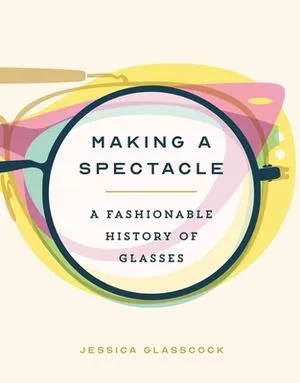
Making a Spectacle: A Fashionable History of Glasses by Jessica Glasscock
Glasses are maybe the ultimate example in fashion of a functional and stylish item. Jessica Glasscock is a writer and curator, and she takes a museum-like, expansive approach to the history of eyeglasses. She presents the various iconic shapes for both eyeglasses and sunglasses, like aviators and the bug-eye glasses popularized in the 1960s. Glasses serve a daily function, and designers are always trying to innovate the form so people can express themselves more fully through their eyewear.
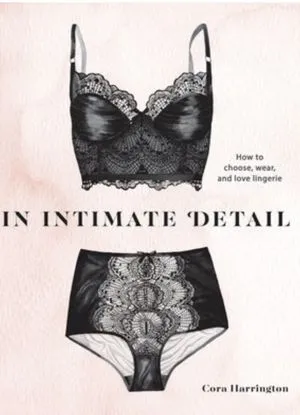
In Intimate Detail: How to Choose, Wear, and Love Lingerie by Cora Harrington
Cora Harrington is the foremost lingerie expert on the internet, and her book is the perfect compendium for fans and people who want to understand their underwear better. Lingerie is an appealing subject, but it can be intimidating because of the specialized care that the high-quality fabrics require. Not only does Harrington break down all the different types of underwear and foundation garments available to people for all budgets, she urges readers to see their lingerie as a tool for confidence and comfort.
Memoirs From Luminaries
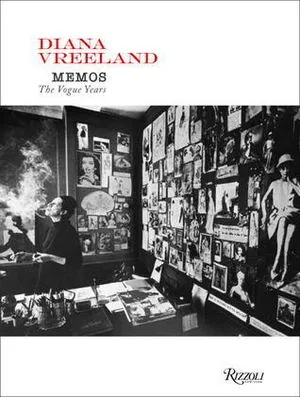
Diana Vreeland Memos: The Vogue Years by Diana Vreeland, Edited by Alexander Vreeland
Before Anna Wintour, Diana Vreeland was the shaper of fashion discourse through her stewardship of American Vogue. There would be no Vogue as it is today without the work of Diana Vreeland. Alexander Vreeland compiled over 250 pieces of personal correspondence from Diana, who worked with luminaries across art and culture to create Vogue. Each chapter is filled in with writing from editors who reported to Diana. For those who love ephemera, this collection is fascinating in how you get to see the inner workings of one of the most dominant U.S. fashion publications.
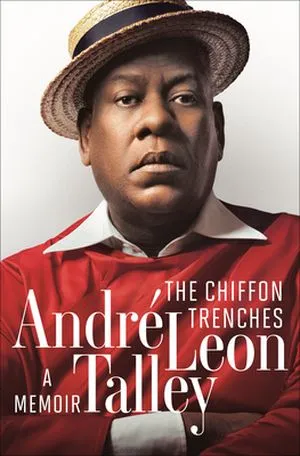
The Chiffon Trenches by André Leon Talley
For an alternative look at the world of luxury fashion, André Leon Talley is the perfect guide. As one of the very few Black men in fashion, Talley always stood out. He truly leaves no stone unturned in this memoir: he reveals the ugly realities of the fashion industry and his experiences of racism. However, Talley persisted in this world because he believed in the power of fashion and its potential for transformative beauty. His rise in the industry marked an important moment in 20th century fashion and what it could mean to people.
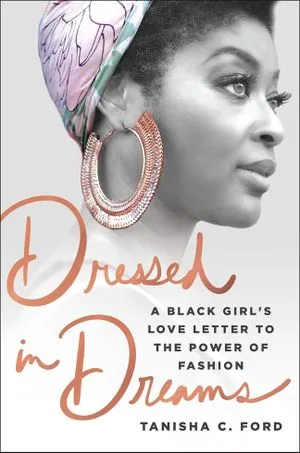
Dressed in Dreams: A Black Girl’s Love Letter to the Power of Fashion by Tanisha C. Ford
Throughout fashionable history, Black communities in the United States have sparked trends and innovated style on small budgets. In her memoir, Ford explores the clothing aesthetics that shaped her social groups and how she experimented with various aspects of Black culture in her fashion. Her autobiography is also a larger exploration of Black fashion in America. Her story is one of fashion celebration, from its larger sociocultural history to how it lives on an individual body.
Fashion History Books and Culture
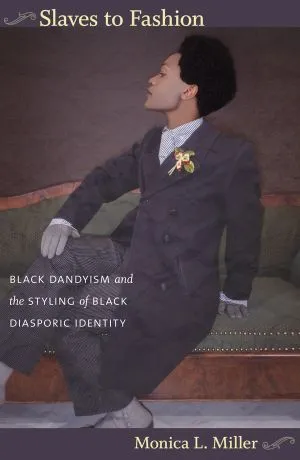
Slaves to Fashion: Black Dandyism and the Styling of Black Diasporic Identity by Monica L. Miller
The Black Dandy is a pioneering cultural figure that has shaped art and fashion since the 19th century. Monica L. Miller’s history of the Black Dandy pulls together the various inspirations that shaped the look, with an emphasis on how enslaved people in London were the first major figures. She also traces the history of the look through the Harlem Renaissance and to its contemporary iterations.
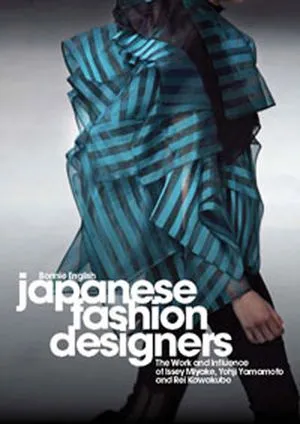
Japanese Fashion Designers: The Work and Influence of Issey Miyake, Yohji Yamamoto and Rei Kawakubo by Bonnie English
Japanese fashion is a hugely influential sector of the industry. The popularity of Japanese culture around the world (thanks to anime and manga) also led to an interest in the iconic street style of Japanese people. Miller looks to the design work of Issey Miyake, Yohji Yamamoto, and Rei Kawakubo (of Comme des Garçons fame) and how they remained independent innovators in a trend-chasing industry. You can still see much of their artistic work inspiring new designers.
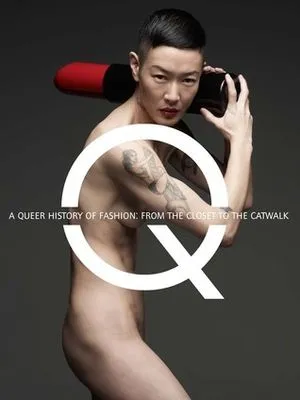
A Queer History of Fashion: From the Closet to the Catwalk Edited by Jonathan D. Katz and Valerie Steele
Queer style is another marginalized section of the fashion industry that has always innovated upwards. Fashion historians in this collection outline the various movements and moments in time where queer cultural creators contributed to fashion trends. There are obvious queer fashion influences that come from the Leather Community and Ball Culture, but many designers in the high-end luxury world also brought queer sensibilities to their designs.
Fashion and Its Accessories
Fashion has a long cultural reach: portraits from centuries ago can be analyzed down to the jewelry to figure out the place, community, and social status of a subject. Fashion is still a way for people to declare social allegiances, as well as display personal preferences. Even if most of us aren’t dealing in pieces one would define as “wearable art” every day, each piece of clothing has a long artistic and cultural history.
If you want to learn more about fashion, there are books about the damage caused by fast fashion, the importance of sustainable fashion, and stories about models behind-the-scenes.











